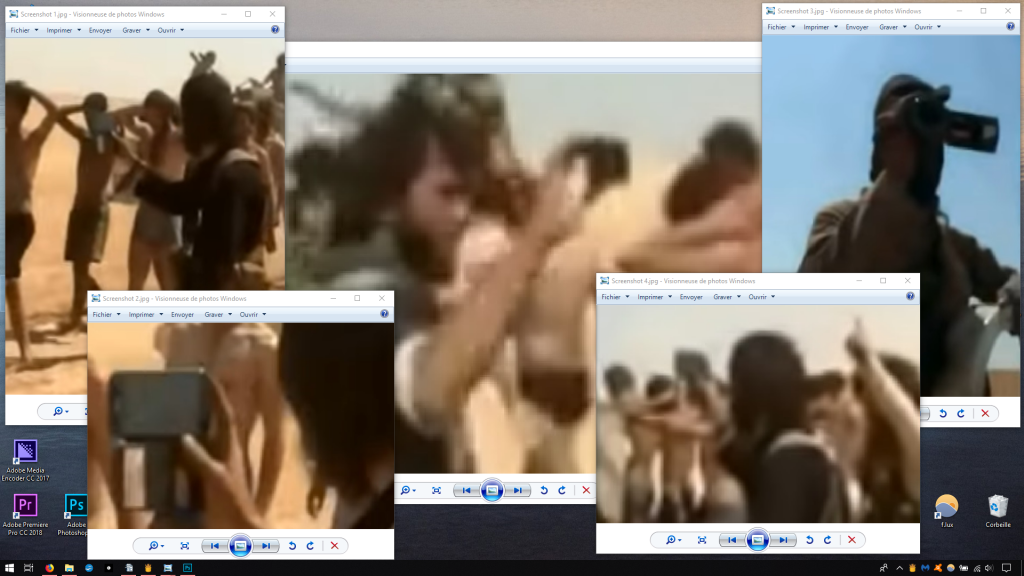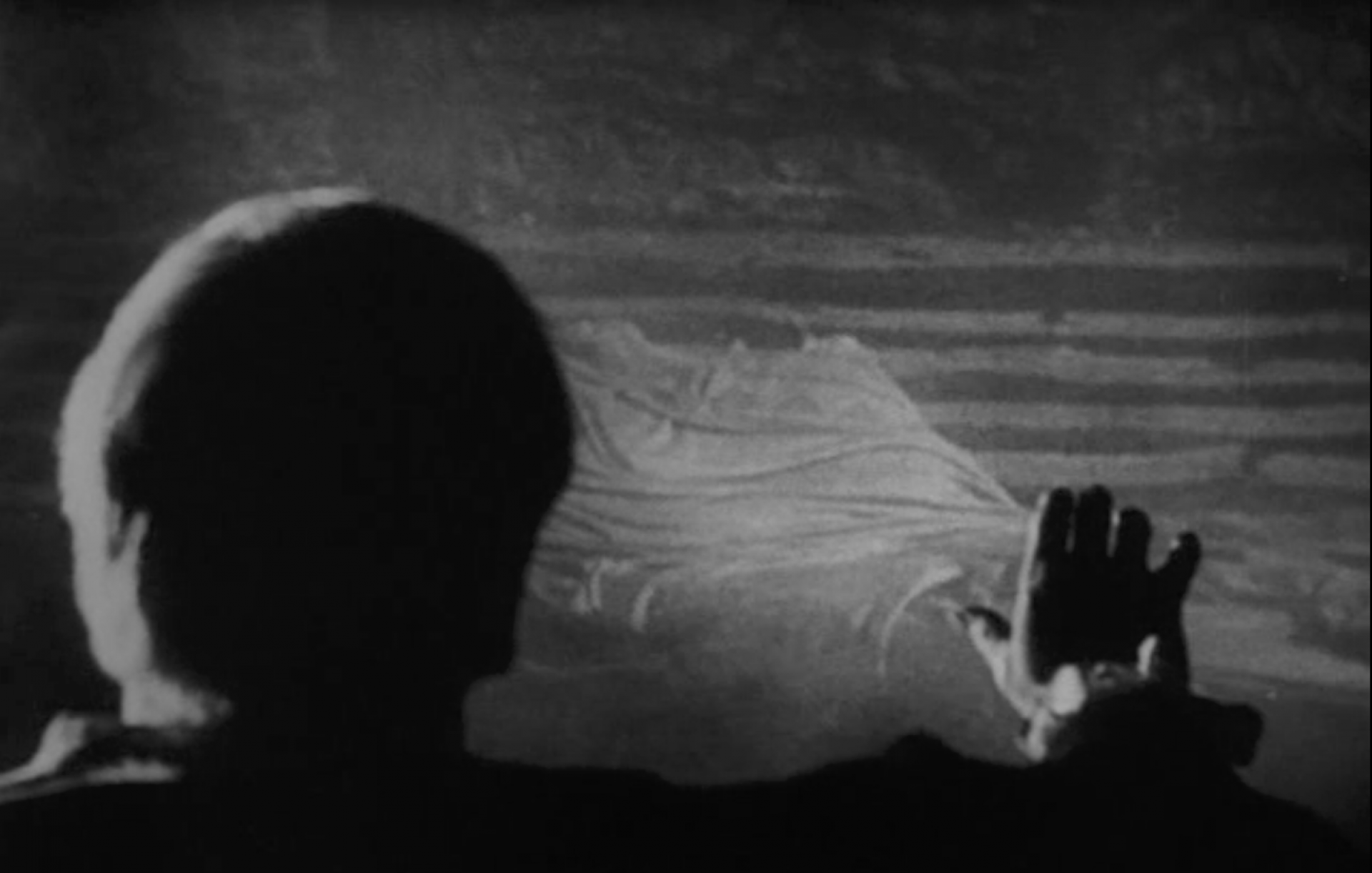A long-form interview about Chloé Galibert-Laîné’s video essays, conducted by Ariane Papillon, was published in print in the French magazine Tête-à-tête.

Translated excerpt: Of course, Internet images are worthy of interest, scrutiny and critical thinking. Nowadays, considering YouTube as a periphery of cinema is quite aberrant, at least from a sociological point of view. There is of course the institution of cinema that continues to hold a strong cultural prestige, but in terms of audience, economic market, or influences on mentalities, it is obvious that YouTube and other video distribution platforms now form a much more mainstream institution. The aesthetic, symbolic and economic power and domination dynamics between cinematic images and Internet media are in the process of being reconfigured, which makes it all the more interesting to work at the intersection of these two modes. But to come back to your question: yes, I believe that cinema, and the critical and theoretical tools that were invented to think about it, constitute a fantastic toolbox to help us think about contemporary digital images. This is something that Serge Daney said as early as 1991, when he declared that the time had come to use cinema to study other images and vice versa. I believe that this time has not ceased to come!
«Quand regarder, c’est coproduire», Tête-à-tête, n°11, Aix-en Provence, éditions Rouge Profond, 2021, p. 152-166.
